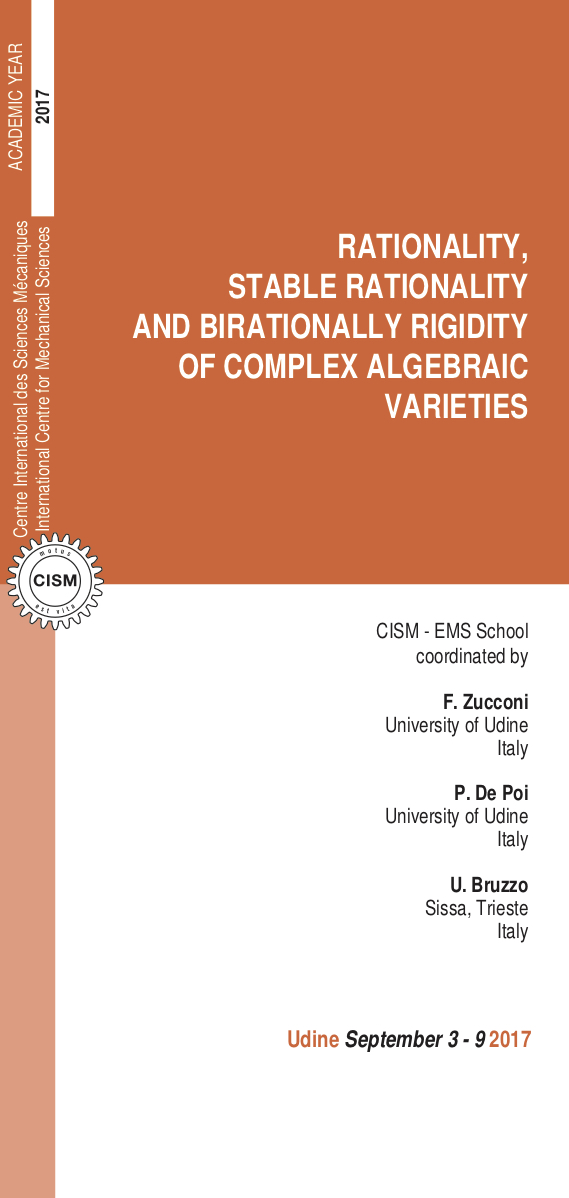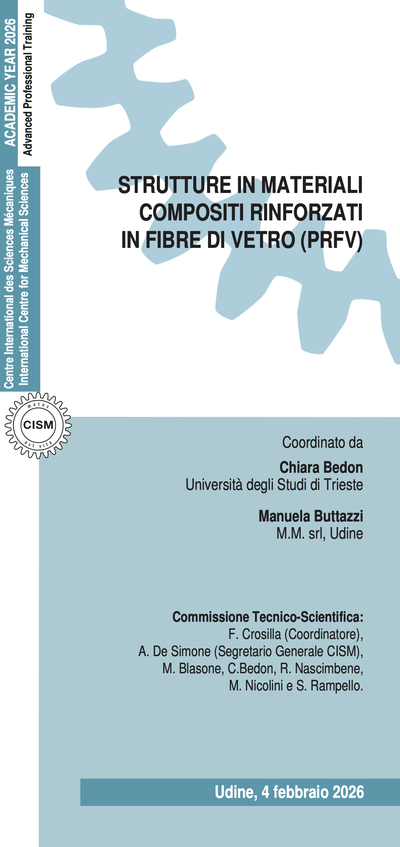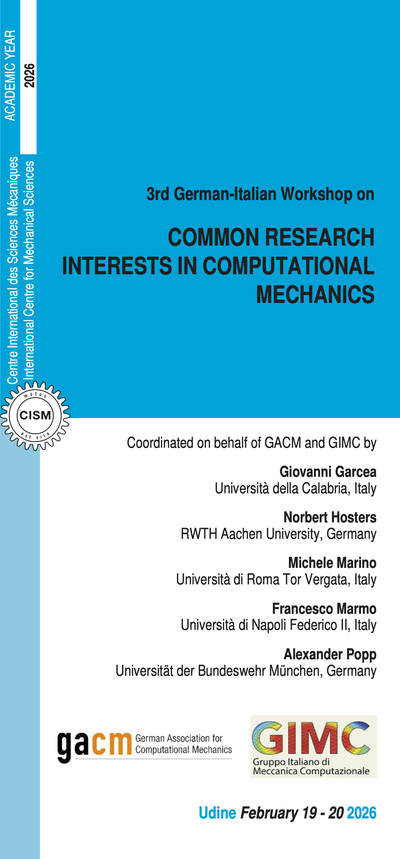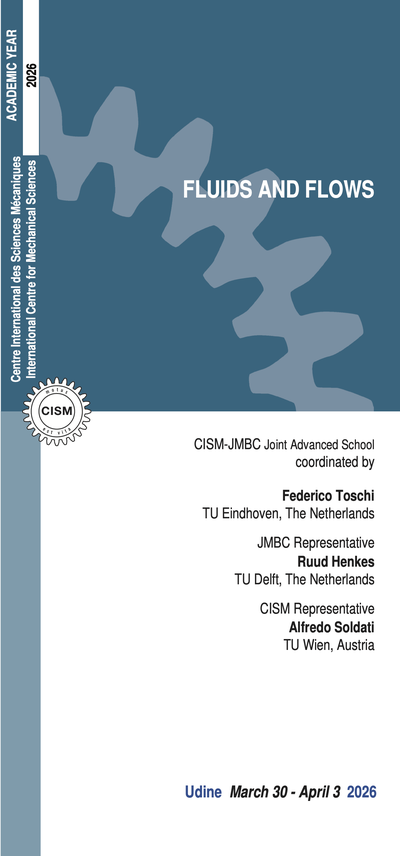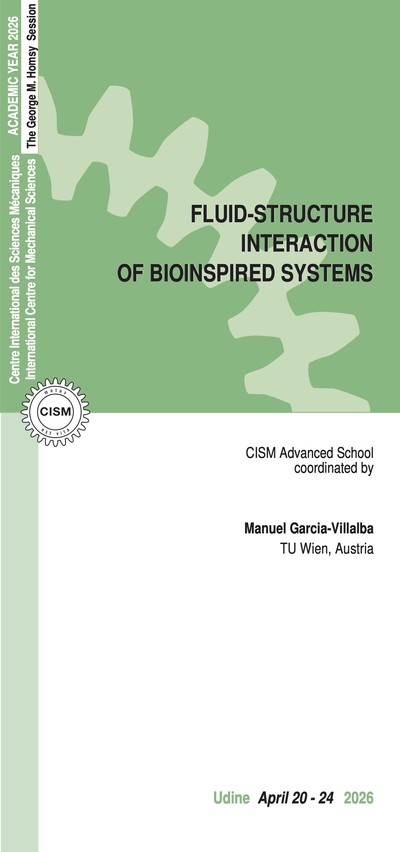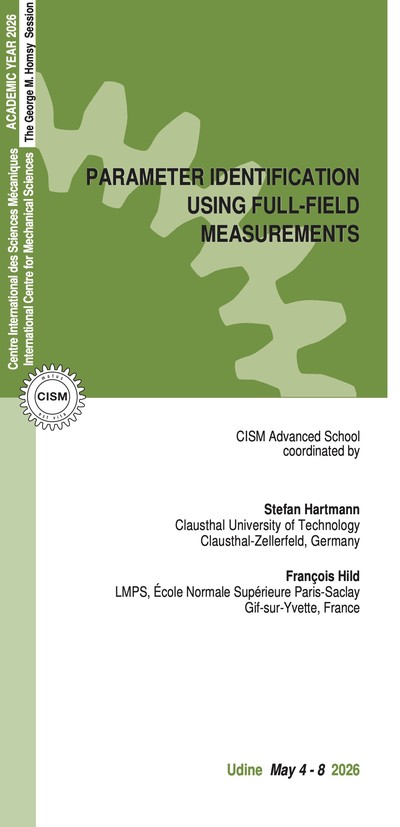The School consists of two courses: Stable birational invariants and the generalised Lüroth problem (C. Voisin - assistant: M. Shen) and Birationally rigid and nearly birationally rigid varieties (I. Cheltsov - assistant: H. Ahmadinezhad).
Stable birational invariants and the generalised Lüroth problem
The lectures will discuss cohomological and Chow-theoretic obstructions to rationality or stable rationality of complex projective varieties. Of course, there are many such geometric obstructions, like the plurigenera, but we will rather focus on the case of rationally connected varieties, where these obvious obstructions are trivial. We will discuss:
- unramified cohomology and its link to the integral Hodge conjecture, (this provides very interesting irrationality criteria);
- various notions of decompositions of the diagonal.
The study of this stably birationally invariant property allowed Claire Voisin and subsequently other people to prove that many rationally connected varieties are not stably rational. Comparing this birational invariant with previously defined invariants (e.g. the Clemens-Griffiths criterion) is very interesting and has been completely done in dimension 3. This will be the last point developed in the lectures, if time allows.
Birationally rigid and nearly birationally rigid varieties
This series of lectures will focus on birational rigidity of rational connected varieties, and related topics such as solid Fano varieties. Birationally rigid varieties, among rationally connected ones, sit at the opposite end of the spectrum when compared to rational varieties. Their minimal model end-product is unique, hence the terminology. A smooth quartic 3-fold is the first know example of a birationally rigid variety. The main method used to prove rigidity is the method of maximal singularities, initiated by the celebrated work of Iskovskikh and Manin in the seventies. Other methods, include the use of Sarkisov links, analysis of the Mori cones of blow ups, classification of extremal contraction, and super-maximal singularities. Solid Fanos, introduced by Ahmadinezhad, generalise birationally rigid Fano varieties allowing us to get closer to a sensible classification of Fano 3-folds. All these will be discussed in great depth, with many explicit working examples. We also discuss an equivariant version of the theory. Some applications to the classification of conjugacy classes of subgroups of the Cremona group will also be discussed.
